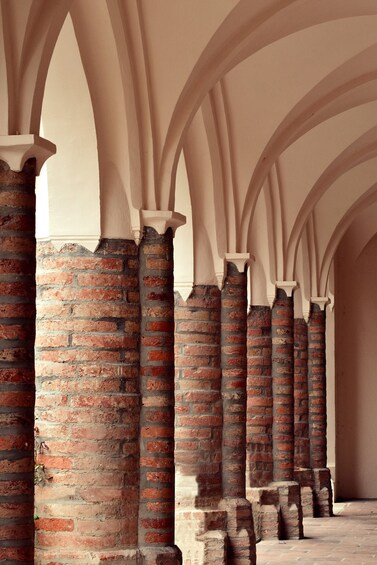Start your tour by visiting the famous tower known as the Rotes Tor, am rotten. It is also known as the red gate and was renovated in the 20th century.
Next, you will see the Basilica of SS. Ulrich and Afra. Here, you will admire the gothic architecture at this Catholic parish in Augsburg which originated from the Roman tomb of St. Afra, who was martyred in the year 304.
Discover the Schaezlerpalais, an artistic palace which displays a magnificent baroque architectural style originating in 1765. It is a very important historical monument.
Walk by the Hercules' Fountain, which is the third famous fountain of Augsburg. This was made in the year 1597. Here, you will see the bronze sculpture situated there which shows Hercules killing the hydra, a seven-headed monster from Greek mythology.
As we continue, you will see the Goldener Saal, a ceremonial room in the Augsburg town hall, which is famous for its ceiling paintings and the golden wall decoration. It was completed in 1643. In 1944 the town hall and the golden Saal were destroyed by an air raid and was reconstructed after the war.
You will visit the Perlach Tower, which is a 70 metre tall Perlachturm Tower located in the central District of Augsburg. It was originally built as a watchtower in the 10th century.
Located in the town hall square, your next destination will be the fountain named Augustus Brunnen. It was cast in the years between 1588-1594.
Admire a medieval church known as the St. Anne's Church, Augsburg. It was originally a part of a monastery. It was built in 1321 and is notable for its elaborate interior decoration.
Next, you will visit the cathedral of Augsburg which is a Roman Catholic church. It was founded in the 11th century, with Gothic additions in the 14th-century. Its tower measures about 62 metres high.
Finally, you will walk through Fuggerei which is the world's oldest social housing complex which is still in use. This is named after the Fugger family. This was the place where the needy citizens of Augsburg could be housed. It was founded in the year 1516.




